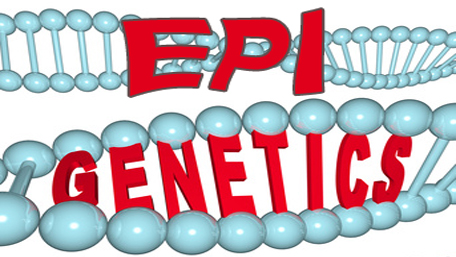
07/22/2022
Hot Topics of the Day are picked by experts to capture the latest information and publications on public health genomics and precision health for various diseases and health topics. Sources include published scientific literature, reviews, blogs and popular press articles.
Sign up MyPHGKB to receive the daily hot topic email alert.
Archived Hot Topics of the Day By Date
Success Stories
CDC, 2022

As Omicron rages on, scientists have no idea what comes next
K Kupferschmidt, Science, July 19, 2022
Prior Omicron infection protects against BA.4 and BA.5 variants
M Prillaman, Nature News, July 21, 2022
Mathematical assessment of the role of waning and boosting immunity against the BA.1 Omicron variant in the United States
S Safdar et al, MEDRXIV, July 21, 2022
A blockchain-based framework to support pharmacogenetic data sharing
F Albalwy et all, The PGX journal, July 22, 2022
Exome sequencing—one test to rule them all?
A McNeill, EJHG, July 22, 2022
Peripheral blood DNA methylation profiles predict future development of B-cell Non-Hodgkin Lymphoma
AE Perez et al, NPJ Precision Oncology, July 21, 2022
Age estimation from sleep studies using deep learning predicts life expectancy
AB Kjaer et al, NPJ Digital Medicine, July 21, 2022
Prospective, multi-site study of patient outcomes after implementation of the TREWS machine learning-based early warning system for sepsis
R Adams et al, Nature Medicine, July 21, 2022
Factors driving provider adoption of the TREWS machine learning-based early warning system and its effects on sepsis treatment timing
KE Henry et al, Nature Medicine, July 21, 2022
Disclaimer: Articles listed in Hot Topics of the Day are selected by Public Health Genomics Branch to provide current awareness of the scientific literature and news. Inclusion in the update does not necessarily represent the views of the Centers for Disease Control and Prevention nor does it imply endorsement of the article's methods or findings. CDC and DHHS assume no responsibility for the factual accuracy of the items presented. The selection, omission, or content of items does not imply any endorsement or other position taken by CDC or DHHS. Opinion, findings and conclusions expressed by the original authors of items included in the Clips, or persons quoted therein, are strictly their own and are in no way meant to represent the opinion or views of CDC or DHHS. References to publications, news sources, and non-CDC Websites are provided solely for informational purposes and do not imply endorsement by CDC or DHHS.
- Page last reviewed:Feb 1, 2024
- Page last updated:May 09, 2024
- Content source:








